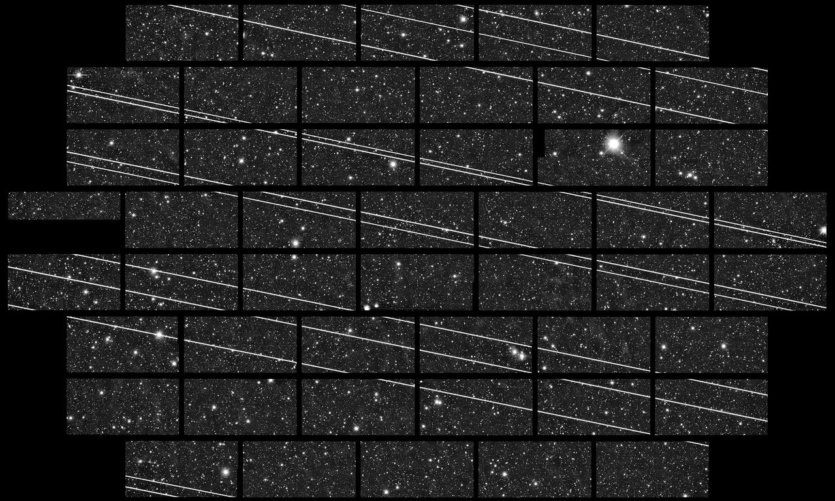
Starlink satellites performed more than 25,000 maneuvers in six months to avoid collisions in orbit
From December 1, 2022, to May 21, 2023, Starlink satellites were forced to perform more than 25,000 maneuvers in a crowded orbit to avoid accidents.
According to the data provided by SpaceX to the Federal Communications Commission, the company uses a “stricter” maneuvering threshold than industry standards: Starlink satellites change movement when the probability of a collision exceeds 1 in 100,000 – while NASA and other companies focus on a probability of 1 in 10,000.
The updated data is twice as high as Starlink’s figures for the previous reporting period, but this is not surprising, as the number of satellites in orbit is increasing – SpaceX has recently increased its constellation by at least 457 vehicles.
Recently, the company launched another 22 Starlink V2 Mini satellites into orbit and updated the Falcon 9 reusability record by launching and landing the same stage for the 16th time.
Out of a total of 25,000 maneuvers, more than 1,300 were performed to avoid collision with debris from Russia’s anti-satellite weapons demonstration test in November 2021. Despite the fact that about 9% of such debris remains in orbit, it is this debris that poses the greatest overall risk to Starlink satellites.
TechCrunch mentions a study published in the journal Astronomy & Astrophysics almost immediately after the SpaceX report, which states that Starlink satellites produce “unintended electromagnetic radiation” that could affect astronomical research.
The authors of the article used a very sensitive Low Frequency Array telescope to detect radiation from 68 Starlink satellites, which was different from the signals of other communication satellites that astronomers have already struggled with.
“Our modeling shows that the larger the constellation, the stronger this effect becomes. This makes us worry not only about existing groupings, but even more about planned ones – and about the lack of clear regulation that protects radio astronomy bands from unintended radiation,” said study co-author Benjamin Winkel of Germany’s Max Planck Institute for Radio Astronomy.
The authors are in “close contact” with SpaceX, and the company has already made changes to the next generation of Starlink satellites to mitigate the effects of radiation.

